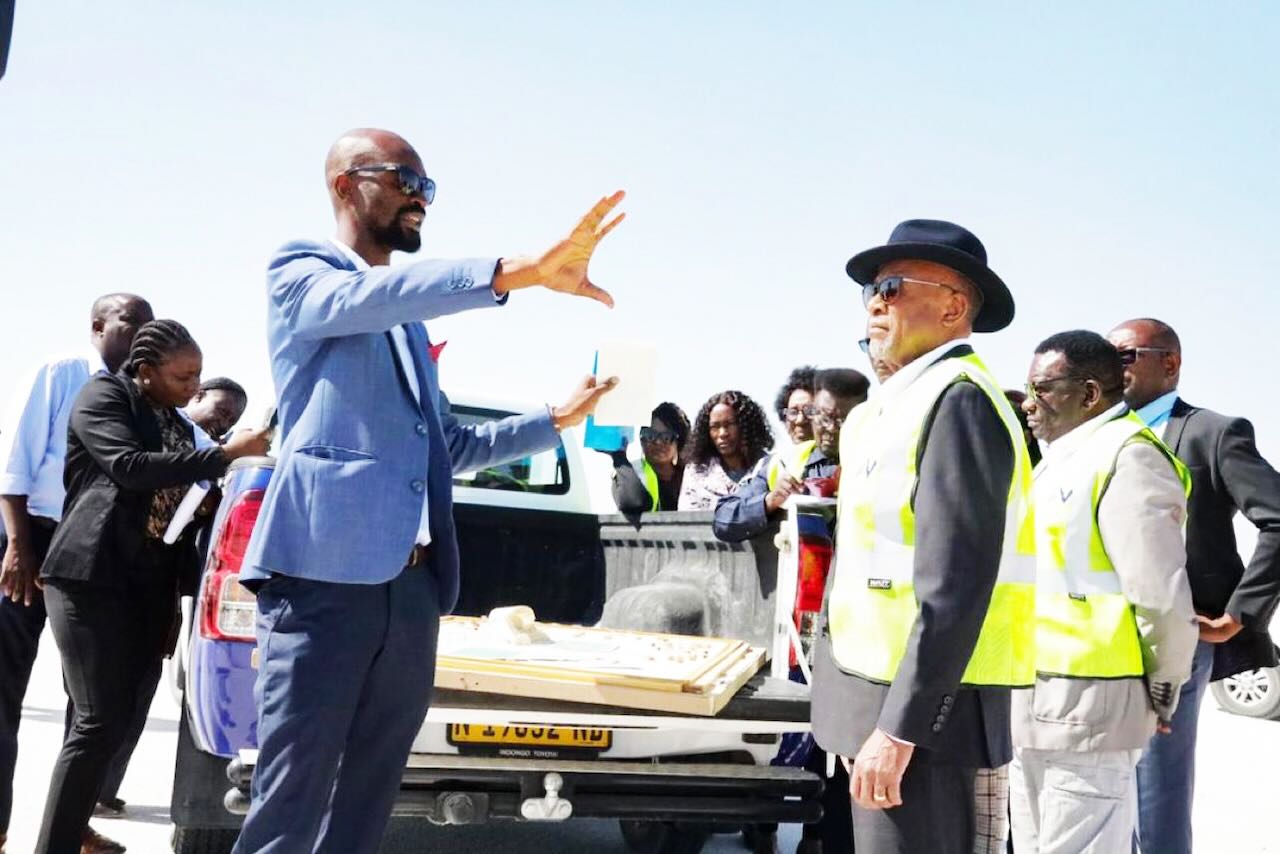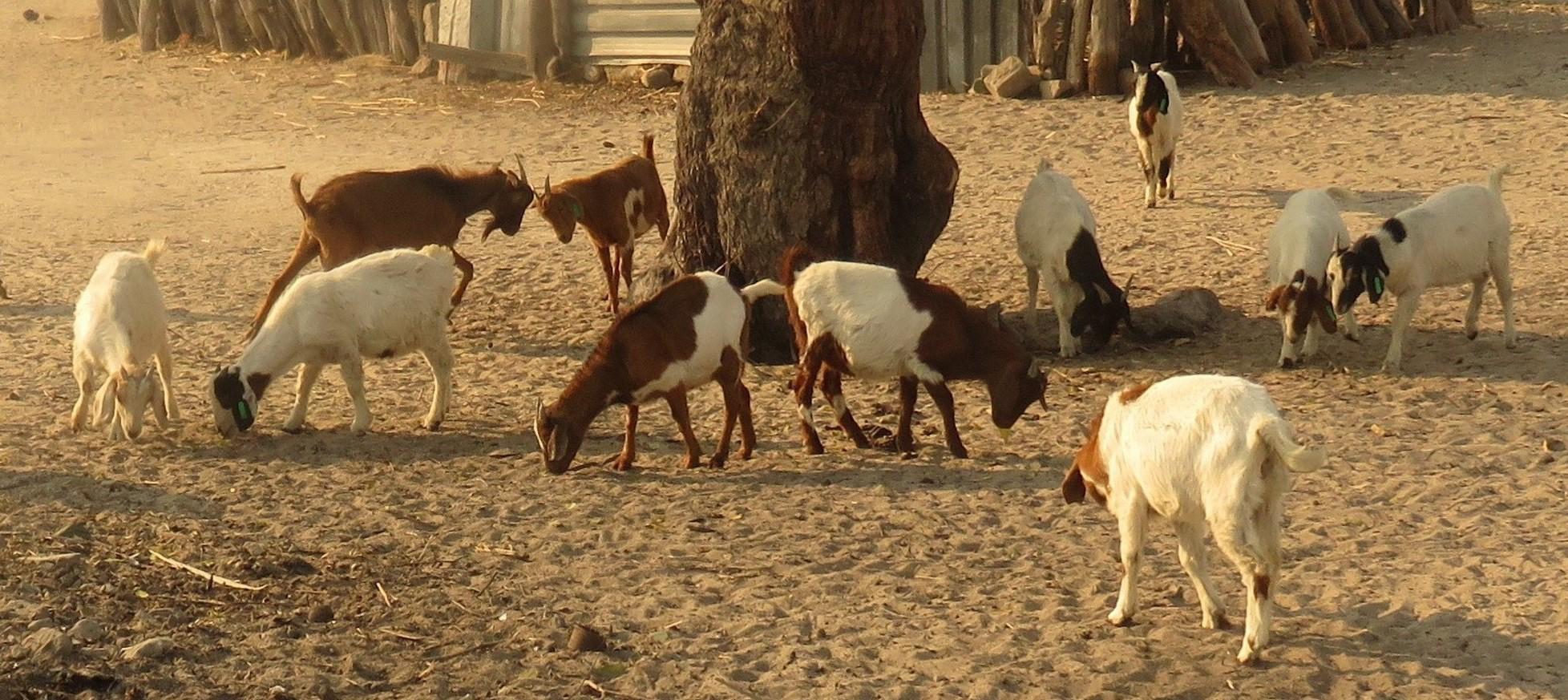The first phase of construction on the Ondangwa Sport Stadium is complete, says the Ondangwa Town Council’s infrastructure and town planning senior manager, Petrus Shipanga.
This week, he shared the latest developments on the ambitious five-year project estimated to cost at least N$267 million.
The council had Namibia’s vice president, Nangolo Mbumba, on site last week to view the progress made on the modern multi-purpose sport facility.
“Phase one of this project has already been completed at a cost of N$8 million, and concentrated mainly on earthworks,” said Shipanga.
“Phase two is expected to kick off in July, which will concentrate on securing the site, drainage, irrigation and the planting of grass.
“The reason we have adopted a grass turf as opposed to artificial turf is because the stadium will be for multipurpose use, which will not be the case if we adopt artificial turf.”
Once erected, the state-of-the-art structure, with a capacity of 6 000 people, will change the landscape of sport in the country.
“The Ondangwa Town Council has made N$60 million available for this project, and we are hoping to cover the shortfall with assistance from strategic partners who see the need to be part of a project that will catapult the future of our young people,” said Shipanga.
“We are aiming to have the facility accredited by Fifa and the IAAF [World Athletics] respectively, hence the effort to achieve the best standards during construction.”
Shipanga said the stadium will be multifaceted to make provision for an assortment of activities beyond sport.
“The aim is to create what is known as a high-performance centre, of which the stadium will just be one component, because these facilities should be self-sustaining,” he said.
“So, we are looking at creating a one-stop shop for athletes and players, where you have other facilities, such accommodation facilities, gyms, restaurants, sport bars/lounges, and so forth.
“The stadium itself could also be used to host other events, such as political rallies, independence celebrations, and many other events that would require a capacity of this nature,” Shipanga said.
“The construction of this stadium is an indication that the council is not only committing itself to its traditional responsibilities of making serviced land available, and the provision of municipal services, but it is also creating social opportunities for its residents and for the nation at large by making available infrastructure our athletes can make use of in unleashing their talent.”
Should the stadium meet international standards, it would be an especially welcome relief for the country’s football lovers as it would provide the national teams with a home ground at home.
Namibia currently hosts its home matches in neighbouring South Africa due to the poor condition of Windhoek’s Sam Nujoma and Independence stadiums.
“We are hoping to have the playing field ready for games by the end of the year and for athletics by the end of 2024,” Shipanga said.
“We believe this stadium will have potential in the talent identification of our athletes, as well as in bringing much-needed sport entertainment closer to our people – something that has been lacking for a very long time in the northern part of our country,” he said.
“Ondangwa is home to the third-largest airport in the country. This stadium could come in handy as a training ground for national teams that wish to acclimatise to this weather whenever they participate in competitions in countries with similar weather.
“This is another competitive advantage this stadium would have.”
Stay informed with The Namibian – your source for credible journalism. Get in-depth reporting and opinions for
only N$85 a month. Invest in journalism, invest in democracy –
Subscribe Now!










